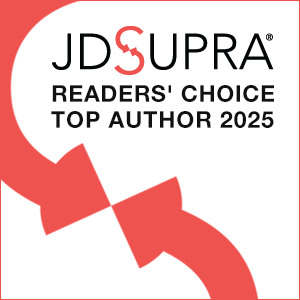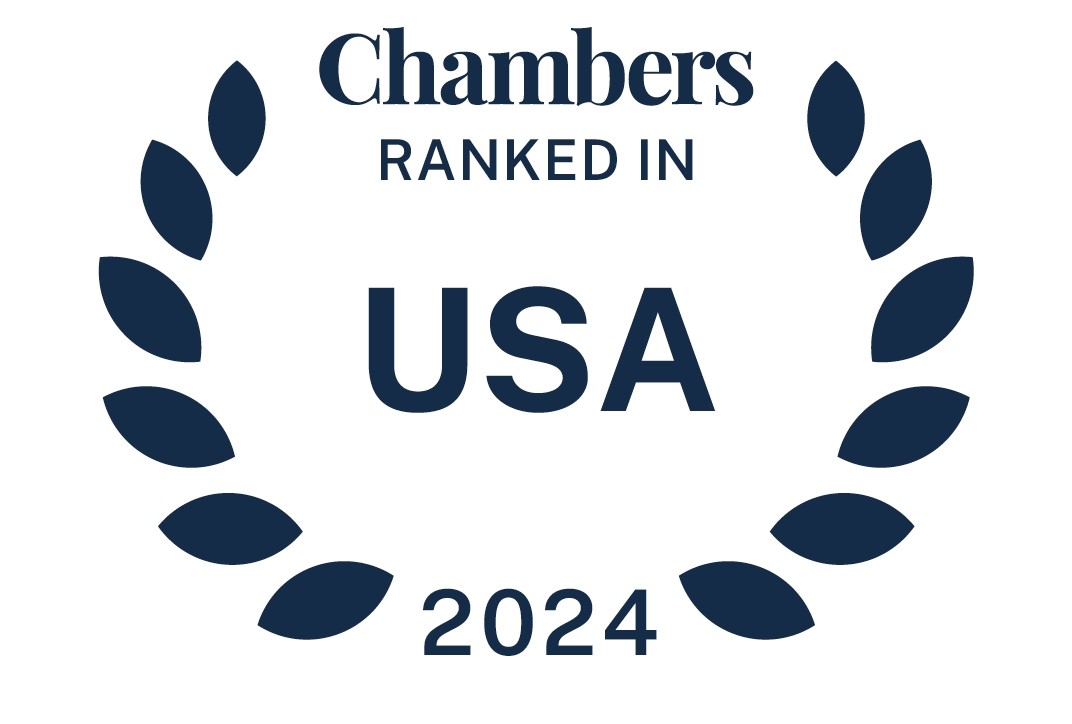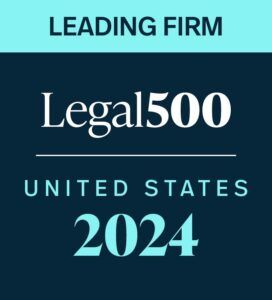The “gag clause prohibition” rules prevent group health plans and insurers from entering contracts that restrict their ability to access or share provider-specific cost and quality-of-care information with participants, plan sponsors, or other authorized parties. These clauses are most commonly found lurking in agreements with third-party administrators and pharmacy benefit managers, where they can include provisions that prevent disclosure of lower-priced medication alternatives or impose confidentiality requirements around negotiated rates.
In this PLANSPONSOR article, Alden Bianchi and his co-panelists (Jamie Greenleaf, Julie Selesnick, and Rory Akers) break down the critical compliance requirements plan sponsors face.







